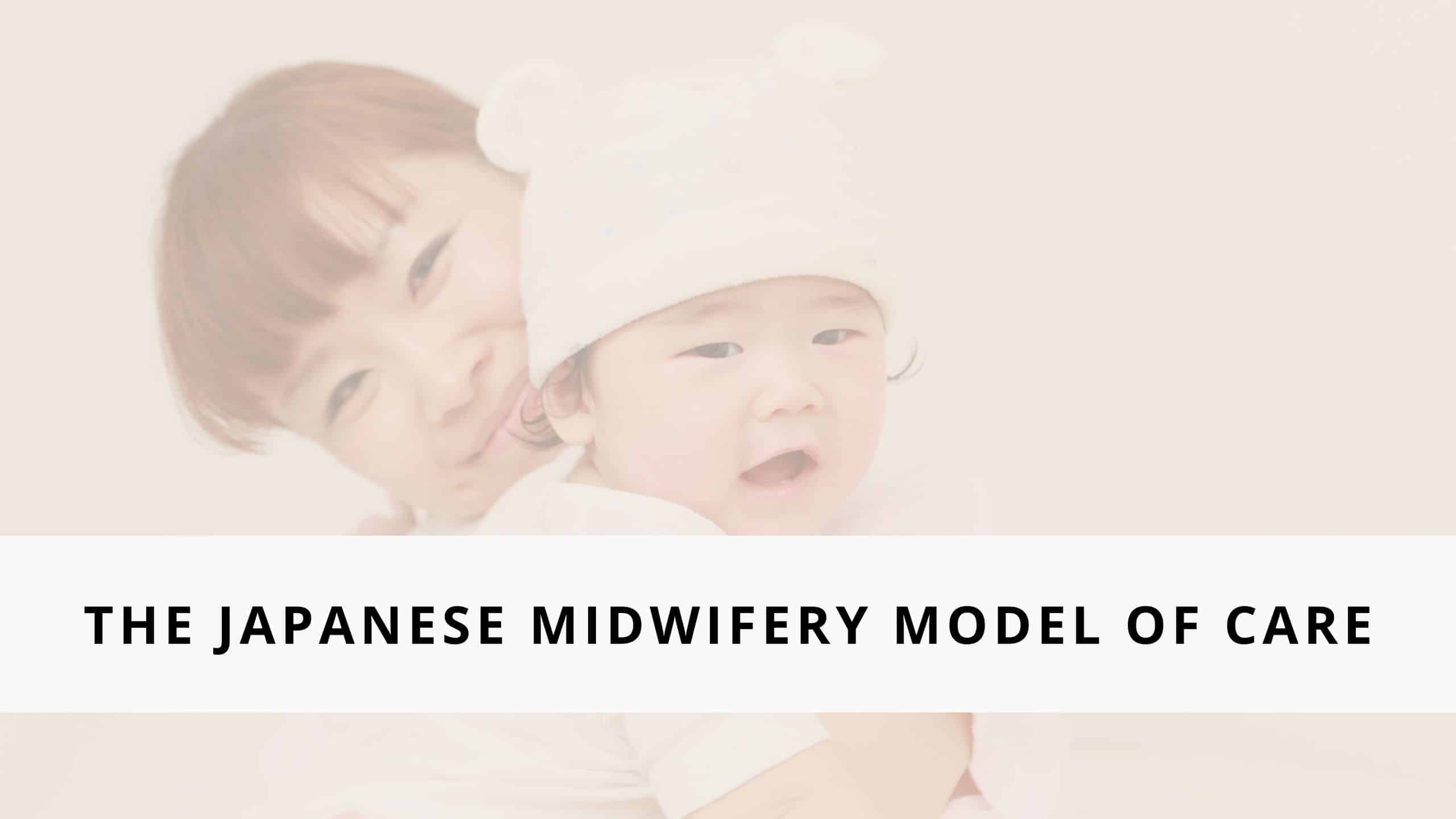This was originally written for an assignment in my Introduction to Midwifery course at the Midwives College of Utah.
Midwifery Models of Care Vary across the world
Several different impactful midwifery models around the world are covered in the book, ‘Birth Models That Work”, which have similarities in reducing cesarean sections, trauma, and increased parent-centered care. The Japanese midwifery model was especially noteworthy because Japanese culture supports the midwifery model. Japan puts a high value on the specific gendered role of pregnancy and childbirth and sees the intensity of birth as an opportunity for a person to become a proper parent. While the Japanese midwifery model prioritizes vaginal birth, low medical intervention, and family at the center of childbirth, the culture’s heavy value on gender roles and its negative view against cesarean section and pain relief in pregnancy could harm parents emotionally.
Values of the Japanese Midwifery Model
The Japanese model of care believes deeply in the importance of patiently waiting for a baby to be born, values the pain of labor, mothering the mother, and birth is a family event (Davis-Floyd et al., 2009). Japanese midwives believe that a baby chooses the time it wants to be born and they do not intervene in the process unless an emergent situation arises (Davis-Floyd et al., 2009). Using analgesia in labor is not viewed positively in Japan because most Japanese care providers and families see birth as a tremendous cultural event where birthing people are fulfilling the most essential role of their specific gender (Davis-Floyd et al., 2009).
Furthermore, Japanese midwives and families deeply value the importance of birth being a family event. Because of these deeply held beliefs around birth, “Japan continues to promote physiologic birth without complications, at lower rates than many other developed nations” (Shorten et al., 2014, p. 1). They also have one of the world’s lowest maternal mortality rates and a cesarean rate of only 18.6% in 2014 (Shorten et al., 2014).
This rate is less than 1% higher than the cesarean rate in 2005 of 17.4% that “Birth Models That Work” cited (Davis-Floyd et al., 2009). The beliefs that care providers should respect when a baby wants to be born, involving the family in pregnancy and birth, and mothering the mother during their childbearing year are contributed to Japan’s low rate of cesarean section and maternal mortality rate (Shorten et al., 2014).
Possible Negative Side Effects of This Midwifery Model
Has the Japanese Midwifery Model Changed since the Book Birth Models that Work was released?
References
Shorten, A., Torigoe, Ikuyo., Weinstein, L., Muto, A. (2014). Continuity, confidence, compassion, and culture: Lessons learned from Japanese midwives. Journal of Midwifery and Women’s Health, 59(5), 551. https://doi.org/10.1111/jmwh.12249
Davis-Floyd, R. E., Barclay, L., Daviss, B., Tritten, J. (2009). Birth Models That Work. The Regents of the University of California.





